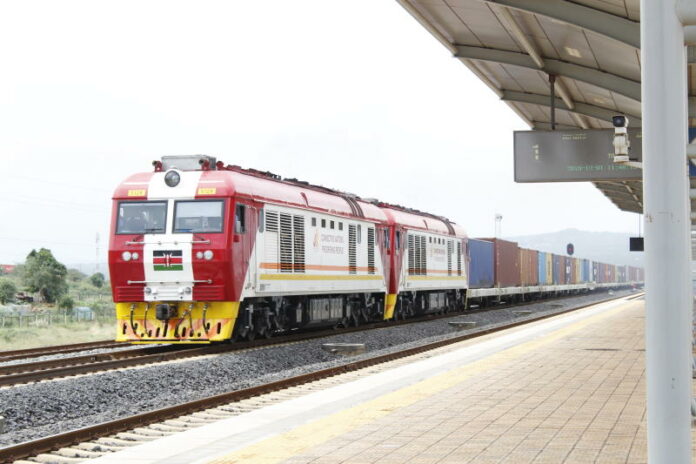An internal paper at the Ministry of Transport has revealed that the construction of the Standard Gauge Railway (SGR) to Kisumu, Malaba and Isiolo will cost Sh. 2.1 trillion.
The paper has also revealed that the ministry is considering the project with an estimated completion date of year 2027.
If it comes to pass, the construction of the SGR to Kisumu, Malaba and Isiolo will add 2,746 kilometres of SGR to the current SGR line that runs from Mombasa to Naivasha. At the same time, the construction of this project will take the total cost Kenya has spent on the project to Sh. 2.75 trillion.
According to the plan, the SGR would reach Malaba via Kisumu. It would also extend to Isiolo, Moyale and the island of Lamu.
The paper states thag the SGR line would move from Mariakani in Mombasa County touch Lamu then extend to Isiolo. From Isiolo, the SGR would be connected to the northeastern town of Moyale which borders Ethiopia.
Out of the total budget of Sh. 2.1 trillion, the government would get Sh. 1.8 trillion from external financiers whom it is yet to identify. It would then fund the remainder of the budget.
How Joho family company got SGR deal on forged papers
The SGR from Naivasha to Kisumu would cost Sh. 380 billion while the SGR from Kisumu to Malaba would cost Sh. 122.9 billion. SGR from Nairobi to Isiolo would cost Sh. 239.2 billion while SGR from Isiolo to Moyale would cost Sh. 317.8 billion. SGR from Mariakani to Lamu would cost Sh. 257.3 billion.
The SGR project stalled in Naivasha after China refused to lend the government a fresh loan of Sh. 368 for the extension of the line to Kisumu.
China reportedly refused to give out the loan after the government failed to show how viable the project would be in 2019. Reports also said that China was not willing to give out the loan as a grant or loosen their tight conditions on it.
This was despite former President Uhuru Kenyatta’s negotiating team agreeing to allow China to operate and run the railway line until such a time when could recover all the monies spent on the project during a visit to China in early 2018.








